Demon Slayer: Kimetsu No Yaiba - The Movie: Infinity Castle is blowing up as anime takes over the West
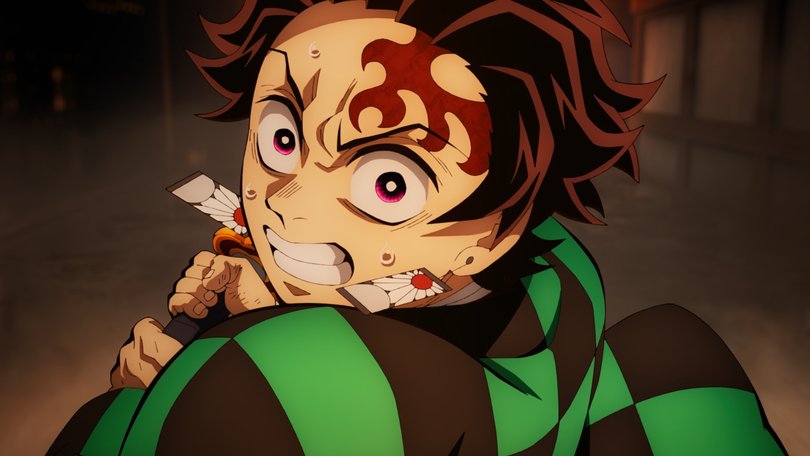
Downton Abbey: The Grand Finale and Demon Slayer: Kimetsu No Yaiba – The Movie: Infinity Castle have more in common than you’d expect.
The former is the third film that followed six seasons of a TV show about an aristocratic English family dealing with social change in the first decades of the 20th century. The latter is the first of a planned trilogy of movies which followed four seasons of a TV show, about an earnest demon slayer avenging his slain kin.
In Demon Slayer, there is a castle, the lair of its main antagonist, Muzan. Downton Abbey is not technically a castle but its real-life filming location, Highclere Castle, is.
Sign up to The Nightly's newsletters.
Get the first look at the digital newspaper, curated daily stories and breaking headlines delivered to your inbox.
By continuing you agree to our Terms and Privacy Policy.They were also both released in Australia this past weekend.
While Australians might be far, far, far more familiar with Downton Abbey than a Japanese anime movie, the numbers tell a different story.
Demon Slayer: Kimetsu No Yaiba – The Movie: Infinity Castle is the biggest film in Australia right now, opening in the top spot with a $4.08 million box office ($4.85m including previews), more than double that of Downton Abbey 3’s $1.73m.
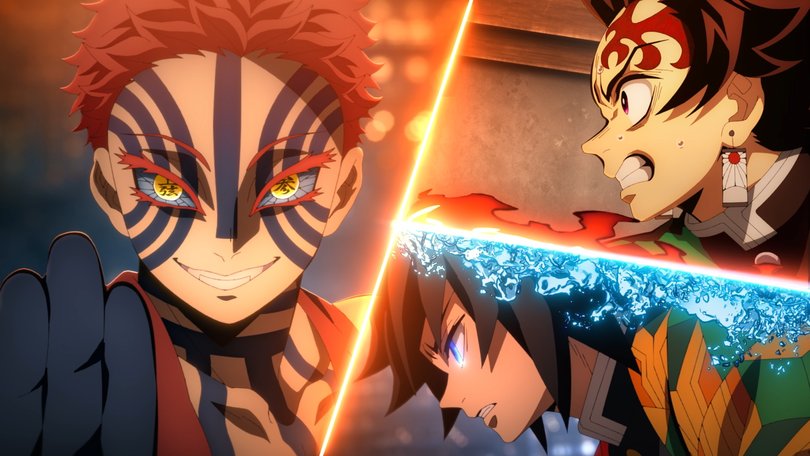
Globally, it’s also a commercial force. Before its release in the US, also this past weekend, it was tracking for an opening between $US40m and $US60m - the wide range was due to the Western experts having less experience with anime features and its audience (only five have been released into the US market in the past three years).
When the figures rolled in, it landed at $US70 million. Its opening day, $US33 million, broke a 26-year record for an anime film, previously held by Pokemon: The First Movie – Mewtwo Strikes Back.
In its native Japan, where the film has been out since mid-July, it became the fastest film to reach 10 billion yen ($100m), which it did in eight days. It is currently the third-highest grossing movie of all time in Japan, behind a previous Demon Slayer film and Studio Ghibli’s Spirited Away.
At the global box office, Demon Slayer: Kimetsu No Yaiba – The Movie: Infinity Castle is sitting on $US353 million, but with non-Asian territories only days into its run, that number is sure to grow. When you consider that it’s a sequel in a long-running franchise that requires existing buy-in to its mythology, it’s mind-blowing.
All those maths wouldn’t be as significant if Demon Slayer wasn’t an anime film. The genre has long seen by Western consumers as niche or other, something that was big in Japan or across Asia.
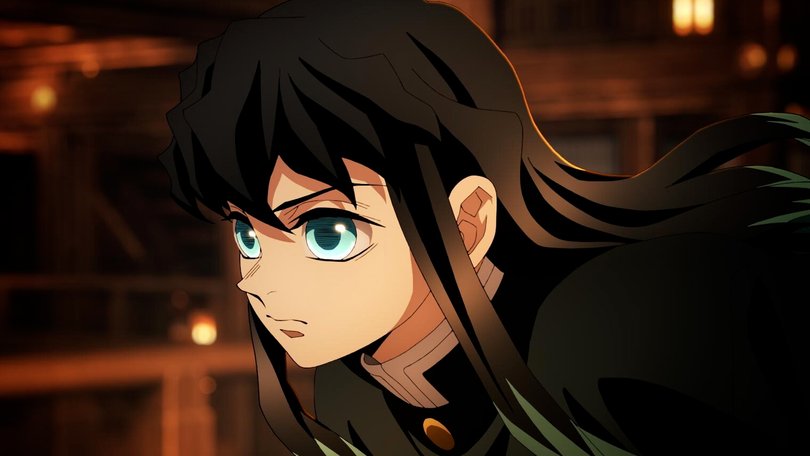
That’s clearly changing. Long underestimated as a genuine global cultural force, anime (and manga) has been making encroachments into the mainstream.
There have been break-throughs before – Pokemon is the most obvious example, having started out as a video game and popularised around the world by Nintendo before expanding into trading cards, TV shows, movies and loads of other merchandise.
Netflix’s One Piece was adapted from a manga series as a live action show and became the second most-watched Netflix original title in the second half of 2023, with 71.6 million accounts tuning in.
Cowboy Bebop, Dragon Ball Z, Sailor Moon, Neon Genesis Evangelion, Naruto, Cardcaptor Sakura and Death Note have all captured attention spans globally at one point or another while American kids network Nickelodeon drew on anime traditions and style for its beloved 2000s series Avatar: The Last Airbender.
And, technically, anime encompasses any Japanese animated films and TV shows, so the whole of Studio Ghibli’s suite including classics such Spirited Away, Howl’s Moving Castle and Princess Mononoke count, although Hayao Miyazaki’s works have always stood apart in the Western imagination.
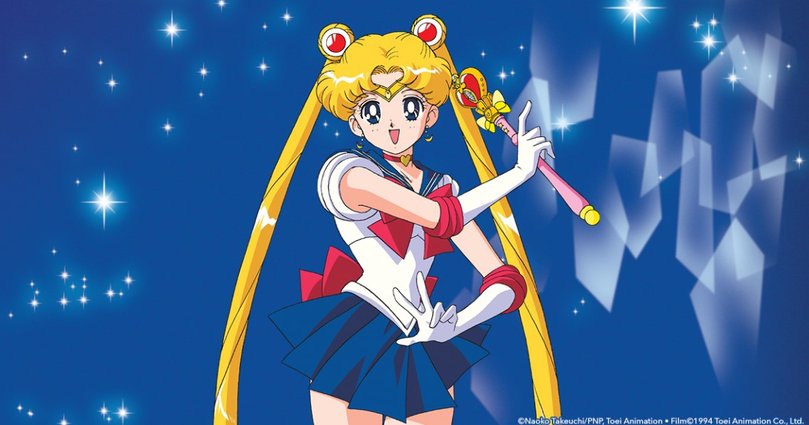
But there’s something about 2025 that feels like a turning point, thanks in large part to two other releases that have dominated pop culture.
By almost any measure except cinema box office, KPop Demon Hunters is the biggest release of the year.
The Netflix film (which was developed by Sony who sold it to the streamer, perhaps they’re regretting that), came out in June and rose to the top of music charts for its infectious pop ditties – Billboard, Spotify, ARIA, you name it. It beat out real-life KPop juggernauts such as BTS.
It also overtook Red Notice to become Netflix’s most-watched original movie of all time, clocking up 291 million views globally.
Clips of the vibrant animation spread all over social media and parents reported their kids were on their umpteenth rewatch – and secretly weren’t even mad about it.
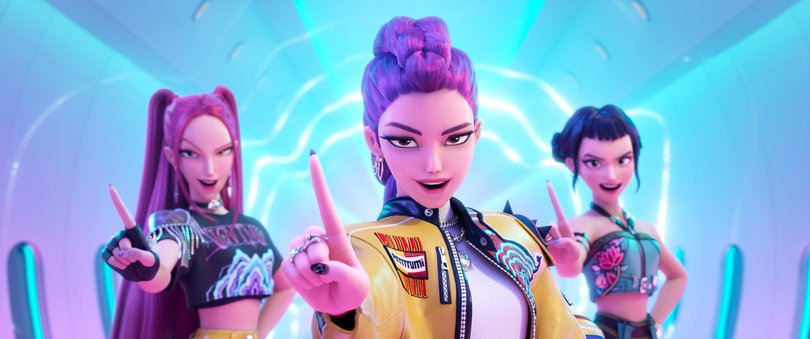
Two months after it was released on the streamer, Netflix made the unusual move of giving it a weekend run in cinemas with sing-along sessions, grossing $US20 million in US theatres. It had an Australian release too, but figures are not available.
Twelve weeks after release, the film is still number two on Netflix’s global top 10 chart, with no sign of abating.
KPop Demon Hunters is technically an American production but it relies on the increasing international popularity of Korean culture and its powerhouse music industry.
On pure cinema box office alone, the most-watched movie of the year remains Ne Zha 2, the gargantuan Chinese animated feature that has grossed $US2.2 billion.
While the vast majority of that was collected in China, international interest prompted the distributors to release a second version months later, with an English-dub featuring the voice talent of Michelle Yeoh.
The second-highest grossing movie of the year is the live-action remake of Lilo & Stitch, and it’s still about a billion dollars behind.
The box office trackers in the US didn’t see the runaway success of Demon Slayer coming, just as the West didn’t for Ne Zha 2, and Sony and Netflix couldn’t even dream of the culture-shaking power of KPop Demon Hunters.
But everyone is paying attention now – and that includes the executives calling the shots of what they’re commissioning next.

